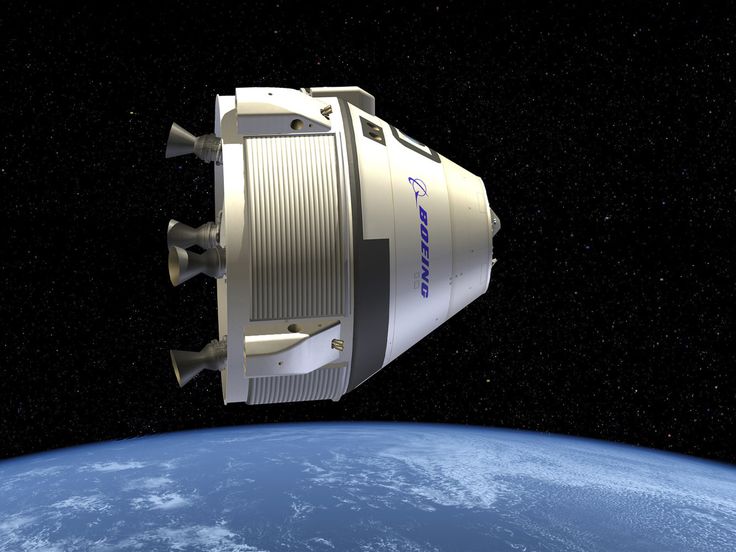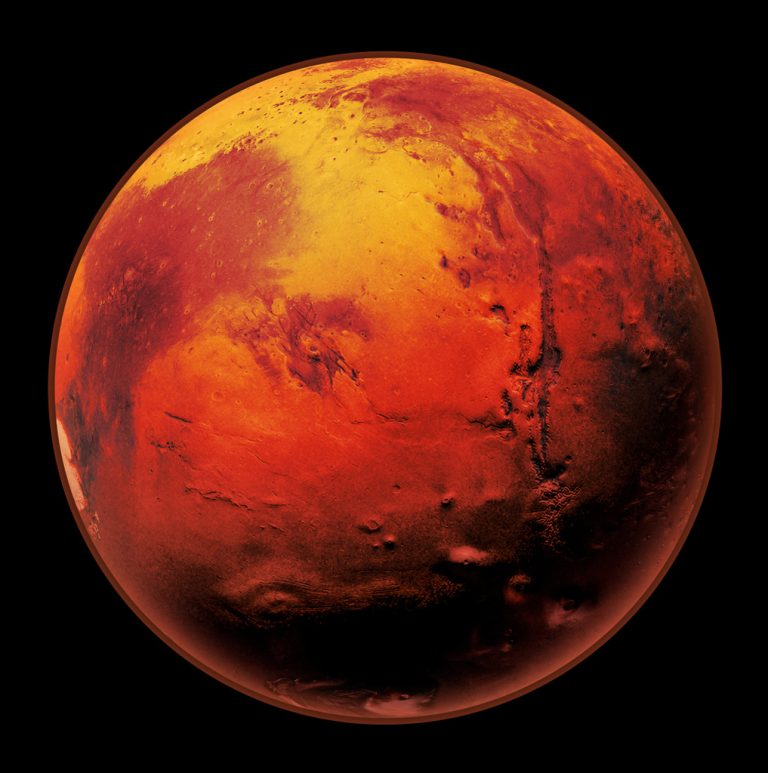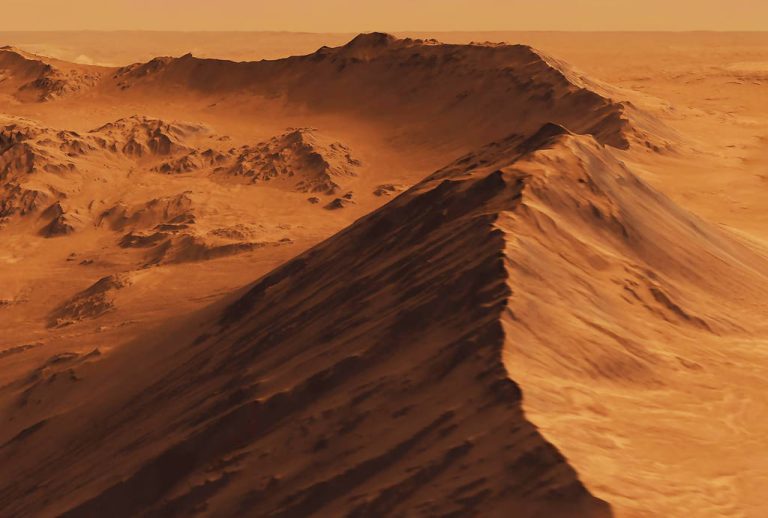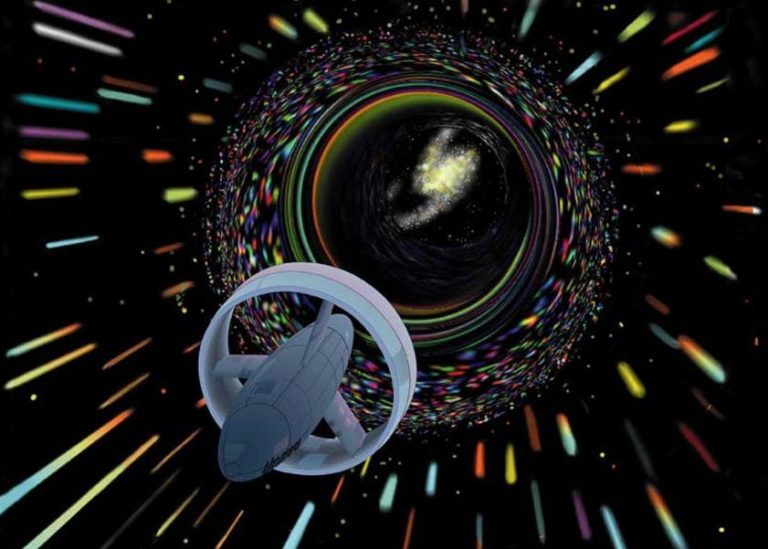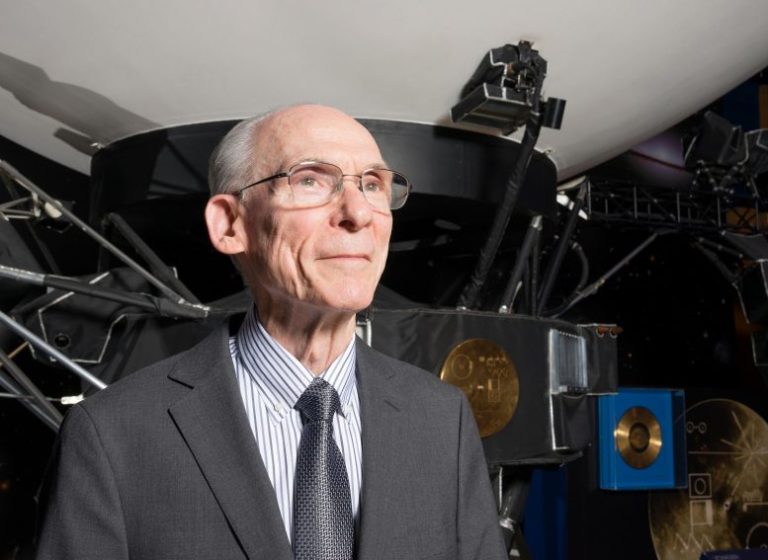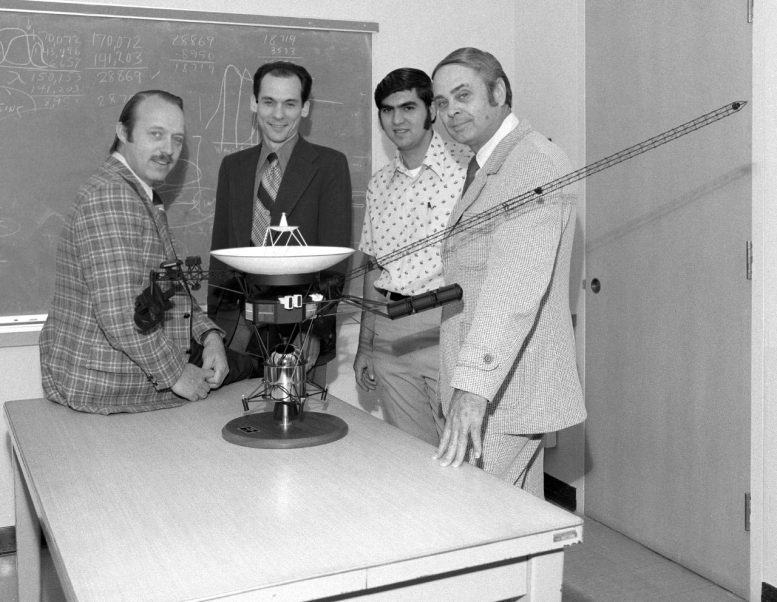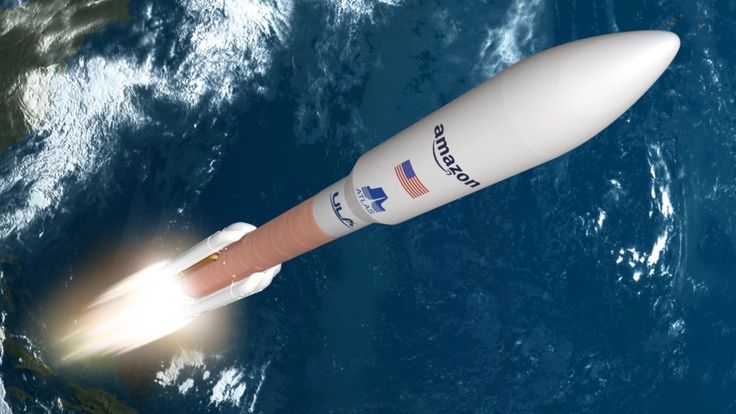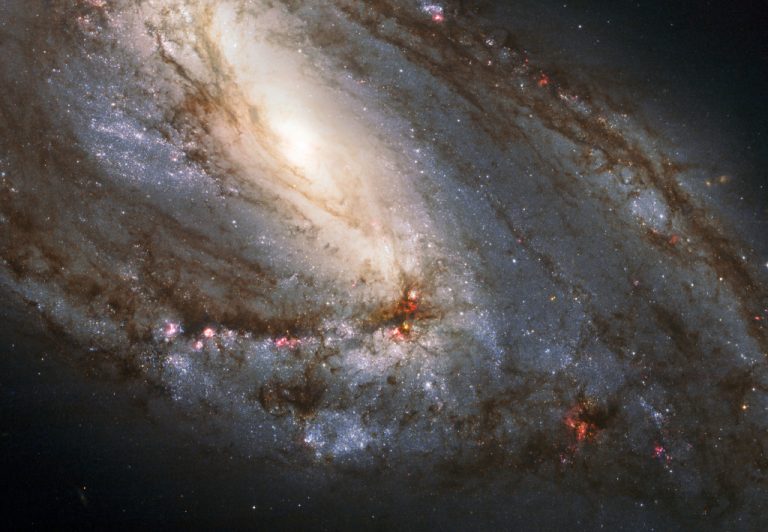Big Red Spot on Jupiter: A Historical Overview from the 1800s
Key Takeaways
Jupiter’s Great Red Spot (GRS) is a massive, long-lived storm larger than Earth. First observed in the 1600s, the GRS has a complex and debated history. The storm is an anti-cyclonic vortex with wind speeds exceeding 400 km/h. Historical records and modern simulations suggest the GRS we see today likely formed in the mid-1800s. New research combines historical data with computer simulations to explore the GRS’s formation mechanisms.
Summary
- Jupiter’s GRS: A massive, iconic storm larger than Earth, observed since the 1600s.
- First Observations: Early sightings by astronomers like Giovanni Cassini and others in the 1600s and 1700s.
- Lost Track: The GRS wasn’t observed for 118 years until its reappearance in the mid-1800s.
- Historical Records: Early drawings and observations provide valuable data on the GRS’s appearance and movement.
- Modern Observations: Spacecraft like Voyager, Galileo, and Juno have provided detailed images and data.
- Wind Shear: Jupiter’s atmosphere contains winds running in opposite directions, creating conditions for the GRS.
- Simulations: Supercomputer simulations explore possible formation mechanisms of the GRS.
- Conclusion: The GRS likely formed from a South Tropical Disturbance (STrD) around the mid-1800s, acquiring its current form over time.
The Great Red Spot on Jupiter: How It Probably Formed in the Early 1800s
Jupiter’s Great Red Spot (GRS) is one of the most fascinating and enduring features of our Solar System. This massive storm, larger than Earth, has been observed by astronomers for centuries, with its formation and longevity still a topic of debate. The GRS is an enormous anti-cyclonic storm, rotating counter-clockwise with wind speeds exceeding 400 km/h (250 mph). It’s a striking feature that has captivated humans since at least the 1800s, and possibly earlier. Understanding its history and formation requires a look at both historical observations and modern scientific research.
Early Observations of the Great Red Spot
The earliest observations of the GRS may date back to 1632 when a German Abbott used his telescope to observe Jupiter. Thirty-two years later, another astronomer reported seeing a large spot moving from east to west across the planet. By 1665, the renowned astronomer Giovanni Cassini examined Jupiter and noted the presence of a storm at the same latitude as the current GRS. Cassini and his contemporaries observed this storm continuously until 1713, referring to it as the Permanent Spot.
Despite these early records, the GRS disappeared from astronomical observations for 118 years, only to be rediscovered in 1831 by astronomer S. Schwabe. He observed a clear, oval structure at the same latitude, which many believe marks the first sighting of the current GRS. This gap in observations has led to questions about the continuity of the storm and its relation to the earlier Permanent Spot.
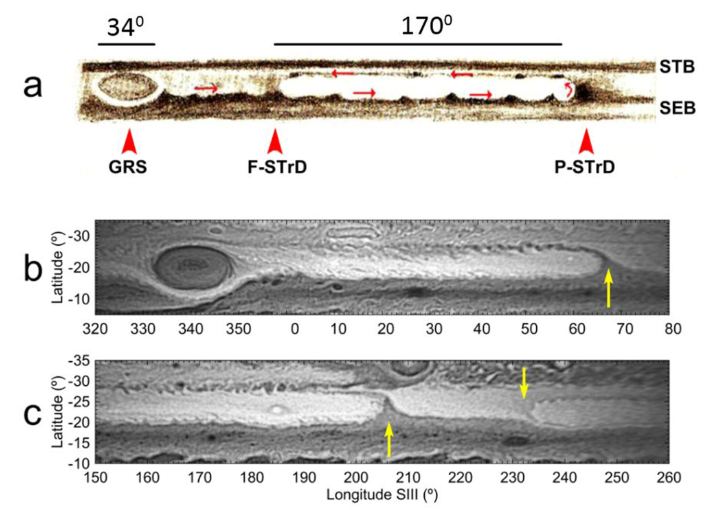
The Role of Historical Records
Historical records play a crucial role in understanding the GRS. Early drawings and descriptions by astronomers like Cassini provide valuable insights into the size, structure, and movement of the storm. However, interpreting these records is challenging due to the variable appearance of the GRS over time. Changes in size, albedo, and contrast with surrounding clouds have made it difficult to definitively link the Permanent Spot observed by Cassini with the current GRS.
A recent study in Geophysical Research Letters, led by Professor Agustín Sánchez-Lavega of the University of the Basque Country in Bilbao, Spain, attempts to bridge this gap. The research combines historical records with computer simulations to better understand the formation and evolution of the GRS.
Modern Observations and Technology
Modern technology has revolutionized our understanding of the GRS. Space telescopes and spacecraft have provided detailed images and data that were unimaginable in Cassini’s time. NASA’s Voyager 1 spacecraft captured the first detailed image of the GRS in 1979, revealing intricate wave patterns within the storm. Subsequent missions, including Galileo and Juno, have provided even more detailed observations.
Juno, in particular, has made significant contributions to our understanding of the GRS. Its close flybys of Jupiter have allowed scientists to capture high-resolution images and measure the depth of the storm. Juno’s instruments have shown that the GRS is relatively shallow, with a vertical extent of about 500 km, compared to its vast horizontal dimensions.
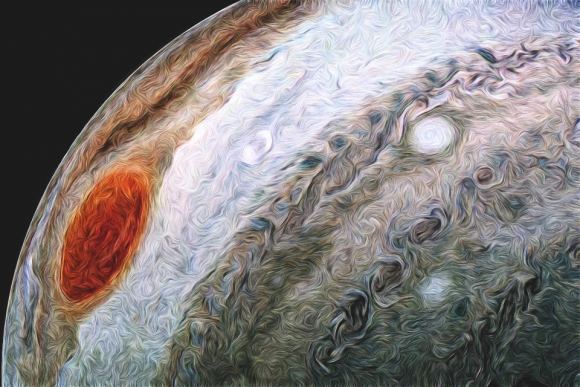
The Mechanisms Behind the Great Red Spot
Jupiter’s atmosphere is characterized by powerful winds blowing in opposite directions at different latitudes. North of the GRS, winds blow westward at speeds of 180 km/h, while south of the storm, winds flow eastward at 150 km/h. This wind shear creates the conditions necessary for the formation and maintenance of the GRS.
Researchers have used supercomputer simulations to explore various mechanisms that could produce the GRS under these conditions. One hypothesis involves the eruption of a gigantic superstorm, similar to those observed on Saturn, while another suggests that smaller vortices created by wind shear merged to form the GRS. However, these simulations did not fully match the characteristics of the current GRS.
A New Hypothesis: The South Tropical Disturbance
A more promising explanation emerged from simulations involving the South Tropical Disturbance (STrD), an instability in Jupiter’s winds. The researchers found that the STrD could trap winds and create an elongated cell that eventually evolved into the GRS. This process likely began in the mid-1800s, when the GRS was much larger than it is today.
The simulations show that over time, the GRS would rotate more rapidly and become more compact as it shrank, eventually resembling the current storm. This hypothesis aligns with historical observations and modern data, suggesting that the GRS we see today is about 150 years old.
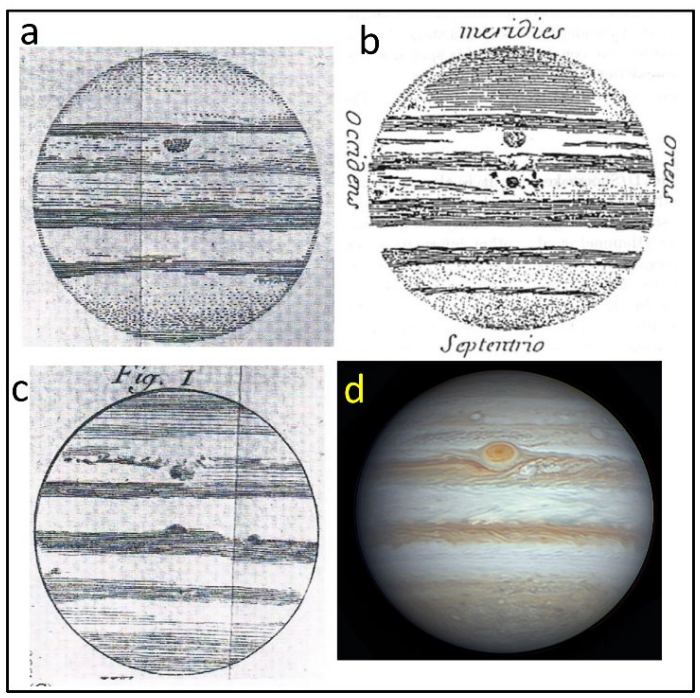
Detailed Analysis of Historical Observations
To support their hypothesis, the researchers analyzed historical records in detail. They compared drawings and descriptions of the Permanent Spot from the 1600s and 1700s with observations of the GRS from the 1800s onwards. They also examined photographs and telescopic images from the late 19th and early 20th centuries.
Table 1: Comparison of Historical Observations
| Year | Observer | Description | Notes |
|---|---|---|---|
| 1665 | Giovanni Cassini | Large spot at GRS latitude | Named it the Permanent Spot |
| 1831 | S. Schwabe | Oval structure at GRS latitude | First modern observation of the GRS |
| 1879 | A. A. Common | Clear photograph of GRS | Confirms presence of a large storm |
| 1890 | Observatory Lick | Yellow filter photograph | Detailed image showing GRS structure |
These historical records provide a timeline of the GRS’s appearance and changes over the centuries. By comparing these records with modern observations, researchers can better understand the storm’s evolution.
Modern Spacecraft Observations
Spacecraft missions have been instrumental in studying the GRS. NASA’s Voyager 1 provided the first detailed image in 1979, revealing the storm’s complex structure. The Galileo spacecraft, which orbited Jupiter from 1995 to 2003, captured additional images and data. More recently, the Juno spacecraft has provided the most detailed observations yet, including measurements of the storm’s depth and high-resolution images.
Table 2: Key Spacecraft Observations
| Spacecraft | Year | Key Observations |
|---|---|---|
| Voyager 1 | 1979 | First detailed image of GRS |
| Galileo | 1995-2003 | Extensive imaging and data collection |
| Juno | 2016-Present | High-resolution images and depth measurements |
These observations have provided critical data on the GRS’s structure, composition, and dynamics. They have also revealed changes in the storm over time, such as its shrinking size and increasing rotation speed.
The Future of GRS Research
As technology continues to advance, our understanding of the GRS will deepen. Future spacecraft missions and advanced telescopes will provide even more detailed observations, allowing scientists to study the storm in unprecedented detail. Additionally, improved computer simulations will help researchers test new hypotheses and refine existing models.
Conclusion
Jupiter’s Great Red Spot is a remarkable and enduring feature of our Solar System. Its formation and longevity have intrigued astronomers for centuries. By combining historical records with modern observations and simulations, researchers have developed a plausible explanation for the GRS’s formation in the mid-1800s. This iconic storm, with its swirling red clouds and powerful winds, continues to captivate scientists and the public alike.


